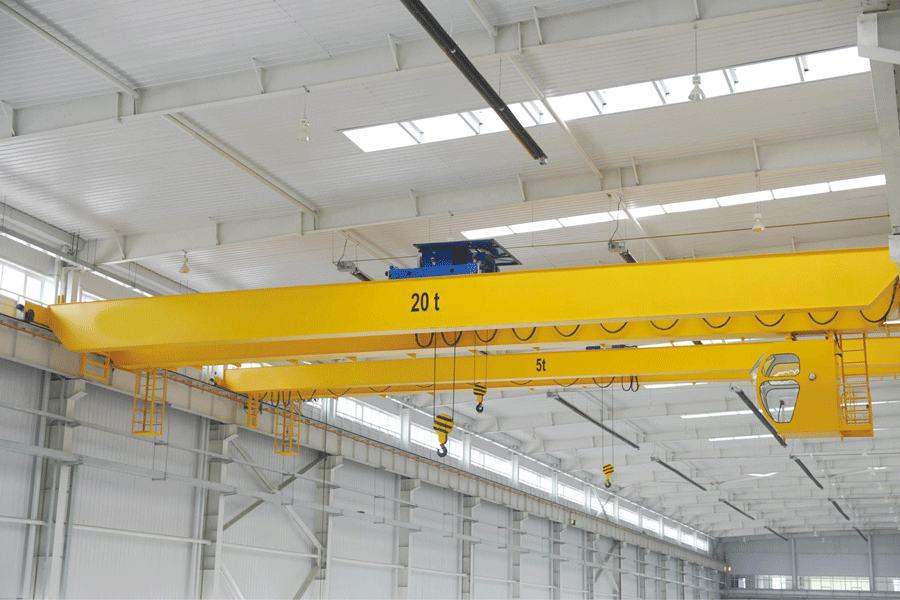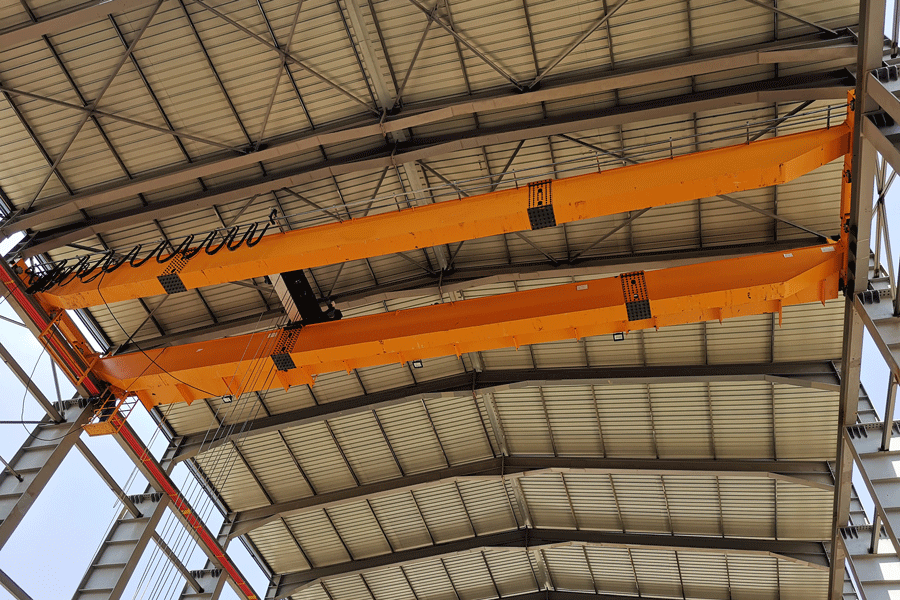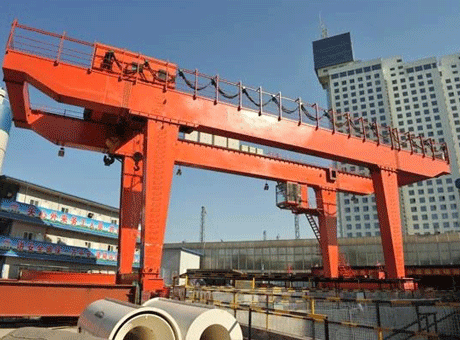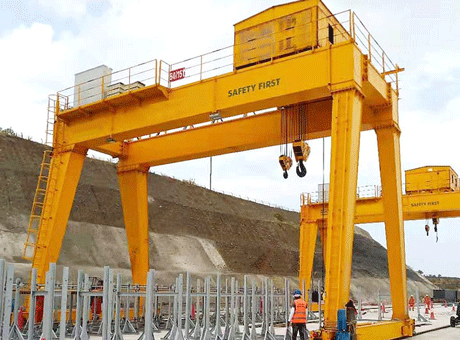1. Requirements for lifting and operating mechanisms of bridge cranes
(1) Inspection of the lifting mechanism
The most common problem with bridge lifting crane in the factory is the failure of the lifting mechanism. Among them, the most common cause of failure is electrical failure, and some are caused by stuck steel strands. Users do not need to delve into the reasons when doing daily safety inspections. They can just visually observe whether the up and down is smooth and whether there is obvious entanglement of steel strands.

(2) Inspection of operating mechanisms
The operating mechanism of the bridge crane is above the bridge frame, usually a large and small truck that can move left and right. The cart controls the bridge to move along the fixed track, and the trolley controls the lifting device to move along the bridge. If it is a bridge with a driver’s cab, the crane safety officer can go up the ladder to have a look. Without a driver’s cab or ladder platform, it is basically rare to go up.
If you go up, you can look at the drum on the trolley. There will be a lot of steel wire ropes on it. With the naked eye, you can judge whether the wire ropes are obviously intertwined or whether there are obvious wear and cracks on the drum. There will also be some transmission devices on large and small vehicles. Are the protective covers of these transmission parts complete?
2. Pulley, hook and braking requirements
(3) Inspection of pulleys
The main function of the pulley of the bridge crane is to control the speed of the crane. It is usually covered by a cover on the hoisting mechanism. First of all, the pulley is a moving part, so it naturally needs a protective cover. Secondly, the user can use the naked eye to check whether there is any breakage or degrooving of the wire rope on the pulley. This is usually caused by overloading or serious wear and looseness of the wire rope.
(4) Inspection of the hook
The hook is used most frequently. If things are often lifted upwards, the inside of the hook will be easily worn. If it is used frequently with overload, the hook may also be deformed. In addition to checking whether the hook anti-decoupling device is effective during daily inspections, safety officers should also pay attention to whether there is overload lifting. The second step is to visually observe whether the hook is obviously deformed or damaged. It is particularly emphasized that repair welding is not allowed on the hook. If it is broken, replace it.
(5) Inspection of brakes
Judging or repairing brake failures caused by bridges is relatively professional, and it is difficult for a safety officer to judge during daily inspections. Moreover, the brakes are all on the bridge motor, so they are difficult to notice at ordinary times. A more common inspection method is to observe whether the braking process is “unable to brake” during the lifting process, or directly ask the driver who often operates the vehicle if there is insufficient braking.
3. Electrical system and safety protection requirements

(6) Inspection of electrical system
The most common accidents involving bridge cranes include accidents involving crane decoupling and injuries, followed by electric shock accidents. Most of its trolley wires are at both ends of the beam, and many accidents are caused by electric shocks caused by touching the trolley wires. The original sliding contact lines were all bare copper bars, but now most of them are using conductor materials with insulating layers.
In addition, if there is indeed a risk of electric shock on the trolley line, safety signs and power-on instructions should be used to warn. In addition, on the control panel of the crane, the power-on status of the equipment should be clearly visible, and during the operation of the crane, the long beeping alarm of Didi can also be heard. There should also be an emergency stop button on the control device, and the parts of wires and cables that are accessible to humans should be well insulated.
(7) Inspection of safety protection devices
In addition to the limits of the operating mechanism and lifting mechanism, the most important safety protection device for bridge lifting is weight overload protection. Lifting overweight by a bridge crane will not only cause the hook to be overloaded for a long time and easily damaged, but will also increase the burden on various components of the lifting mechanism, easily causing accidents such as decoupling and injury. When the crane is overweight, the power supply to the crane should be cut off directly.





















